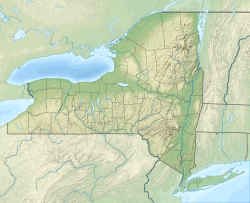
Elon Reeve Musk is an entrepreneur and business magnate. He is the founder, CEO and Chief Engineer at SpaceX; early-stage investor, CEO and Product Architect of Tesla, Inc.; founder of The Boring Company; and co-founder of Neuralink and OpenAI. With an estimated net worth of around US$304 billion as of January 2022, Musk is the wealthiest person in the world.
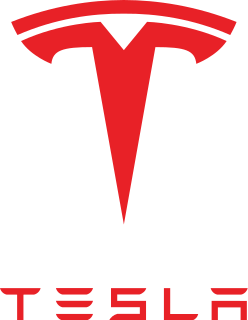
Tesla, Inc. is an American electric vehicle and clean energy company based in Austin, Texas, United States. Tesla designs and manufactures electric cars, battery energy storage from home to grid-scale, solar panels and solar roof tiles, and related products and services. Tesla is one of the world's most valuable companies and remains the most valuable automaker in the world with a market cap of nearly $1 trillion. The company had the most sales of battery electric vehicles and plug-in electric vehicles, capturing 16% of the plug-in market and 23% of the battery-electric market. Through its subsidiary Tesla Energy, the company develops and is a major installer of photovoltaic systems in the United States. Tesla Energy is also one of the largest global suppliers of battery energy storage systems, with 3 gigawatt-hours (GWh) installed in 2020.
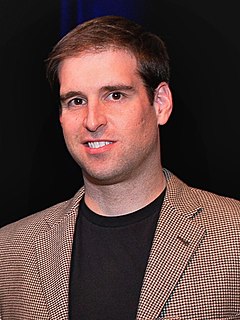
Jeffrey Brian Straubel is an American businessman. J.B. spent 15 years at Tesla, as co-founder and chief technical officer until moving to an advisory role in July 2019.
SolarCity Corporation was a publicly traded company headquartered in Fremont, California that sold and installed solar energy generation systems as well as other related products and services to residential, commercial and industrial customers. The company was founded on July 4, 2006, by Peter and Lyndon Rive, the cousins of Tesla, Inc. CEO Elon Musk. Tesla acquired SolarCity in 2016, at a cost of approximately $2.6 billion and reorganized its solar business into Tesla Energy.

Tesla Giga Nevada is a lithium-ion battery and electric vehicle component factory in Storey County, Nevada. The facility, located east of Reno, is owned and operated by Tesla, Inc., and supplies the battery packs for the company's electric vehicles. If fully built out, the building will have the largest footprint in the world.

The Tesla Powerwall is a rechargeable lithium-ion battery stationary home energy storage product manufactured by Tesla Energy. The Powerwall stores electricity for solar self-consumption, time of use load shifting, and backup power. The Powerwall was introduced in 2015 with limited production. Mass production started in early 2017 at Tesla's Giga Nevada factory. As of May 2021, Tesla has installed 200,000 Powerwalls.

Tesla Energy is the clean energy subsidiary of Tesla, Inc., headquartered in Fremont, California, that develops, manufactures, sells and installs photovoltaic solar energy generation systems, battery energy storage products, as well as other related products and services to residential, commercial and industrial customers.
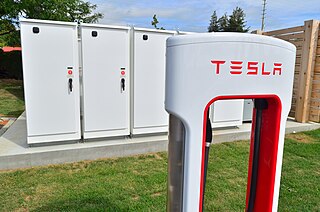
The Tesla Powerpack is a rechargeable lithium-ion battery stationary energy storage product, intended for use by businesses or on smaller projects from power utilities. The device is manufactured by Tesla Energy, the clean energy subsidiary of Tesla, Inc. The Powerpack stores electricity for time of use load shifting, backup power, demand response, microgrids, renewable energy integration, frequency regulation, and voltage control. The first prototype Powerpacks were installed in 2012 at the locations of a few industrial customers.

The Tesla Model Y is an electric compact crossover utility vehicle (CUV) by Tesla, Inc. Tesla unveiled it in March 2019, started production at its Fremont plant in January 2020, and started deliveries on March 13, 2020.
Buffalo Billion is a New York state government project led by Governor Andrew Cuomo that aims to invest $1 billion in the Buffalo, New York area economy. The project uses a combination of state grants and tax breaks to spur economic development. Governor Cuomo first announced the program in his 2012 "State of the State" address. The program is modeled on a similar program implemented in the Albany, New York area. A key project in the program is a $750 million SolarCity solar panel factory.

The Tesla Semi is an all-electric battery-powered Class 8 semi-truck in development by Tesla, Inc. Two concept vehicles were unveiled in November 2017, and production is planned in 2023.
This is the corporate history of Tesla, Inc., an electric vehicle manufacturer and clean energy company founded in San Carlos, California in 2003 by American entrepreneurs Martin Eberhard and Marc Tarpenning. The company is named after Serbian inventor Nikola Tesla.

Tesla Gigafactory Berlin-Brandenburg is a European manufacturing plant for Tesla, Inc. under construction in Grünheide, Germany. The campus is 35 kilometres (20 mi) south-east of central Berlin on the Berlin–Wrocław railway, which forms the north border of the site between Erkner station and Fangschleuse railway station; and the A10 motorway, which forms the west border.
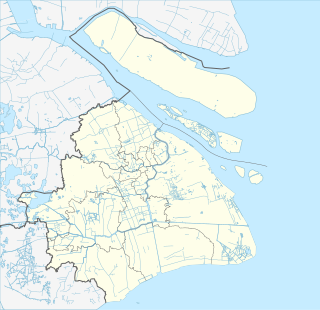
Tesla Giga Shanghai is a factory in Shanghai, China operated by Tesla, Inc. The facility currently hosts the final assembly of the Tesla Model 3 and Tesla Model Y, with Model Y deliveries slated to begin in January 2021. The factory's initial production rate target is 3,000 cars a week, eventually ramping up to 250,000 electric cars per year. The first assembled Model 3s were delivered in December 2019, just twelve months after Tesla began site grading on the Gigafactory in December 2018.
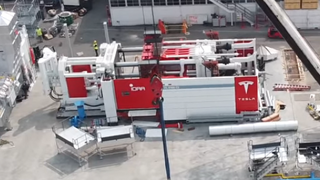
Giga Press are a series of aluminium die casting machines manufactured by Idra Group in Italy. They are notable for being the largest high-pressure die casting machines in the world, with a clamping force of 55,000 to 61,000 kilonewtons. Each machine weighs 410–430 tonnes (900,000–950,000 lb).

Gigafactory Texas is an automotive manufacturing facility near Austin, Texas, under construction by Tesla, Inc. since July 2020. Tesla aims to have first production before the end of 2021 and volume production in 2022.
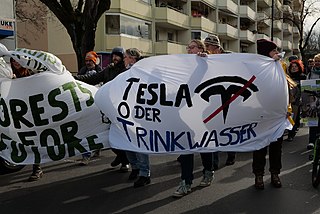
Criticism of Tesla, Inc., especially under CEO Elon Musk, ranges from potential safety issues to questionable business practices which include alleged fraud, a history of environmental violations, disregard for workers' safety, and Musk's excessive compensation package. Tesla and Musk have also been criticized for their attempts to intimidate and silence whistleblowers, journalists, and other critics who have spoken out against the company.


